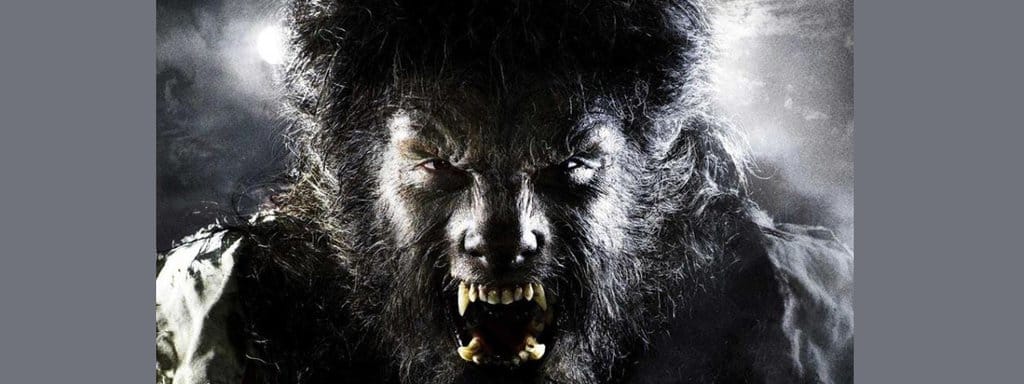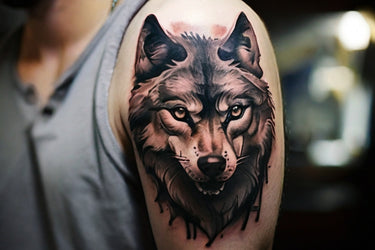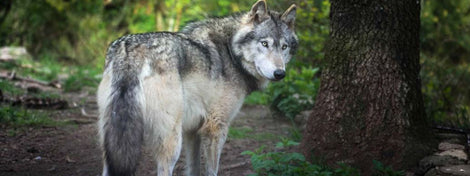WHERE DID THE WEREWOLF MYTH ORIGINATE?
1) Lycanthropy
The werewolf legend has spread across borders, seas and oceans. Vicious animal attacks have been reported for centuries. But to date, we have found very little evidence of the creatures responsible. Those who study mythology have long known that few creatures have the power, speed, and propensity for wanton slaughter that werewolves do.
Before we get into the details of these fearsome and powerful creatures, it is important to clear up the confusion about what a "werewolf" really is.
2) The different werewolves
Mythologists disagree on what really constitutes a werewolf. I'll break it down into three distinct creatures that are all known by that name.
Are you a werewolf enthusiast? Come check out our collection of Wolf T-Shirts. You'll find several with werewolves on them.

A) The Wolf Shapeshifter
The Shapeshifter Wolf Fans of the Twilight series will recognize this type of "werewolf". Like Jacob Black's character and some of the other members of the Quileute tribe, the shifter wolf has the ability to change shape at any time. It is believed that this was the original power of the first werewolf before it was taken away. The wolf shifter can transform from human form to wolf form at will, although aggressive energy or anger can increase the likelihood of causing an unintentional transformation. Wolf shifters considered "werewolves" can only change from human form to wolf form, although "pure" shifters can transform from human form to any other animal form, including a wolf. It is believed that all shifters are born with this ability. One cannot be turned into a shifter by the bite of the creature. The exception to this rule is the Navajo Skinwalker, who is not a true shifter, but a witch using an animal skin to transform.
B) The Wolfman

Many "werewolf" stories, including sightings of the legendary Beast of Bray Road, describe a creature that is physically a combination of a wolf and a man. This mutant werewolf usually has a body that is essentially human in shape. It stands on two legs, but is covered in wolf hair and has claws and fangs. The werewolf is often called a "werewolf" because in many legends, it is believed that this creature shares many of the traits of the werewolf "curse." According to legend, some wolfmen are human by day and wolfman by night, while others are in their "wolfman" form at all times. We believe that the generally accepted theory is that one begins to change from human wolfman to wolfman only during the full moon, and then, over time, this increases with each night. Eventually the body settles into a pure wolf form at all times. The degree to which a werewolf can control its mind and emotions also degrades as these transformations become more permanent.
C) The True Werewolf
The Lycanthrope According to most legends, a true "werewolf" is a human being who uncontrollably transforms into a wolf during a full moon. The original werewolf curse turned a Shapeshifter Wolf into a Werewolf. This curse took away his ability to control the transformation, but also the ability to think like a human being in wolf form. Werewolves, when in wolf form, have uncontrollable rage and hunger. They are driven to kill everyone and everything they encounter, regardless of their relationship as humans. The curse causes these wolves to lose all control of their minds, and when they wake up in human form in the morning, they don't remember anything (although they may revisit some memories in their dreams). It is this form of werewolf that can transfer its condition through a bite, assuming of course that the bitten human survives the attack.










